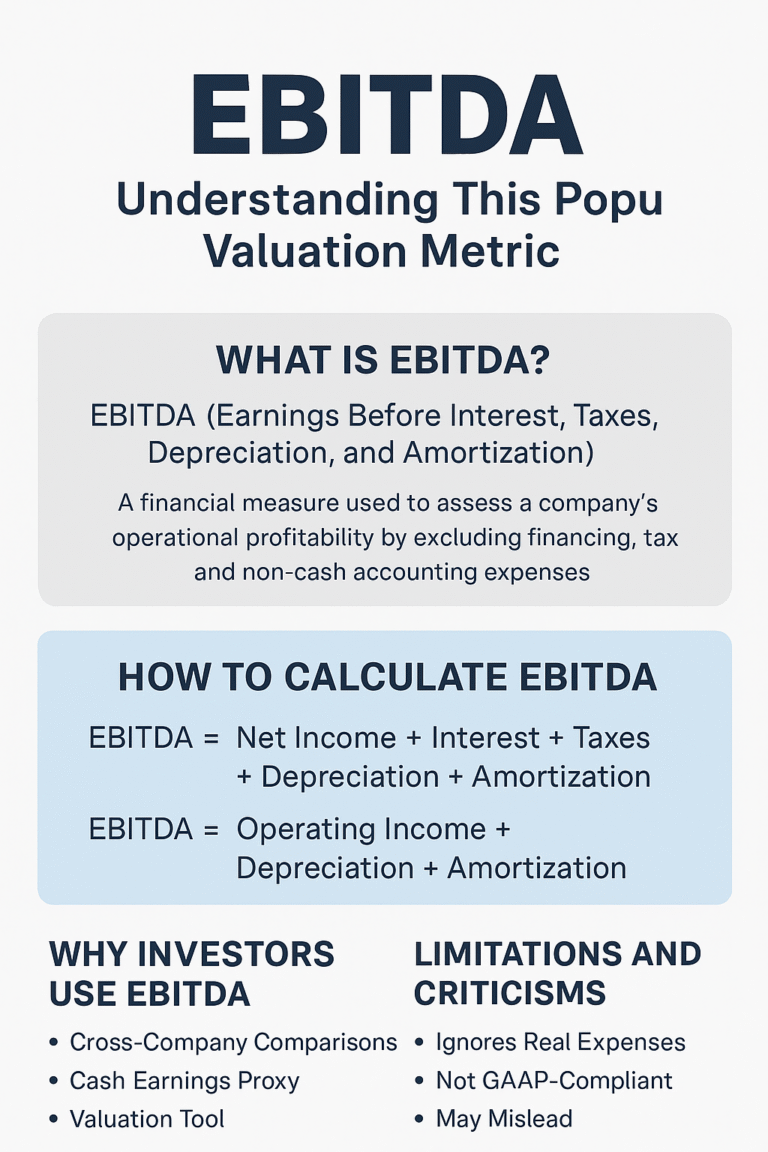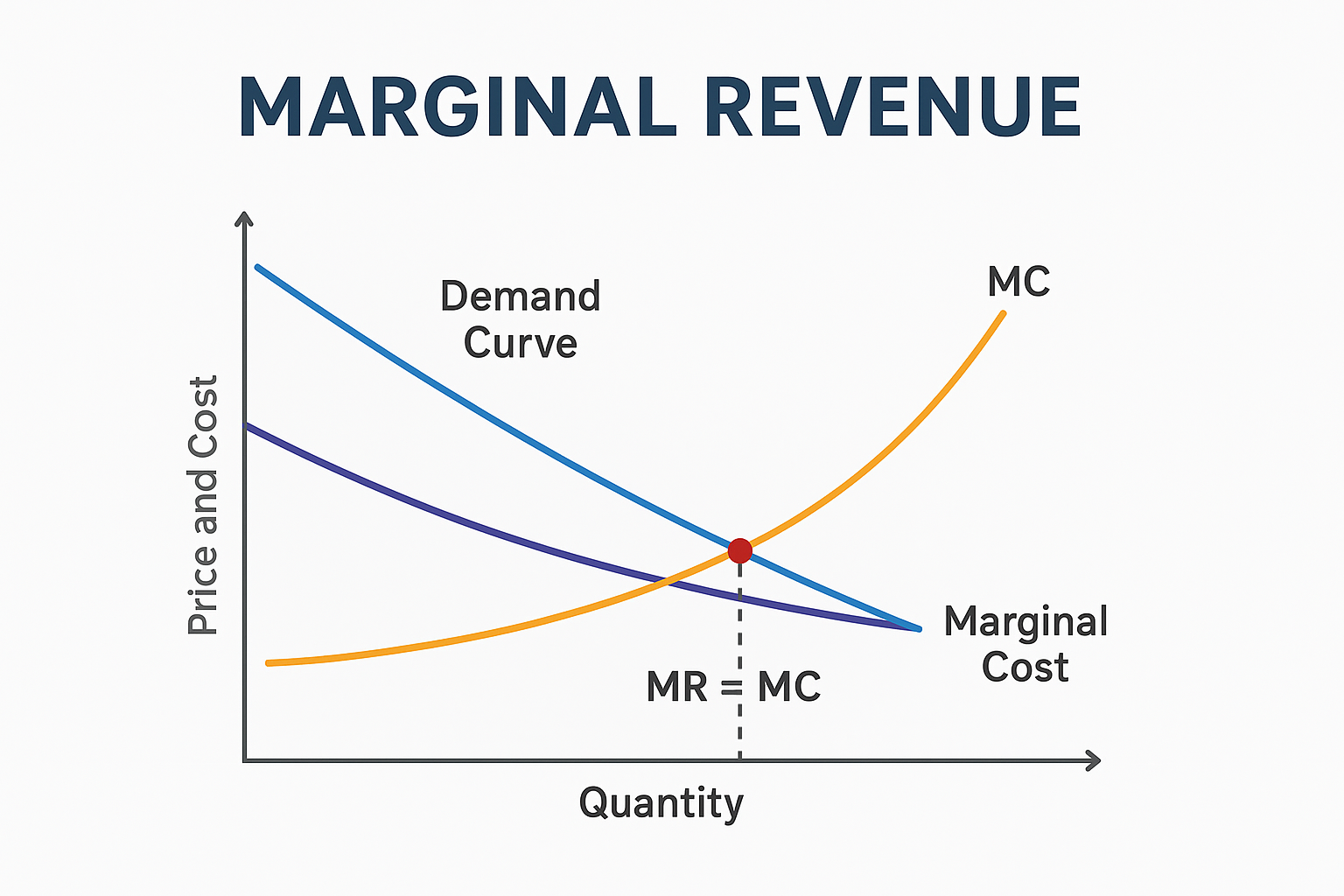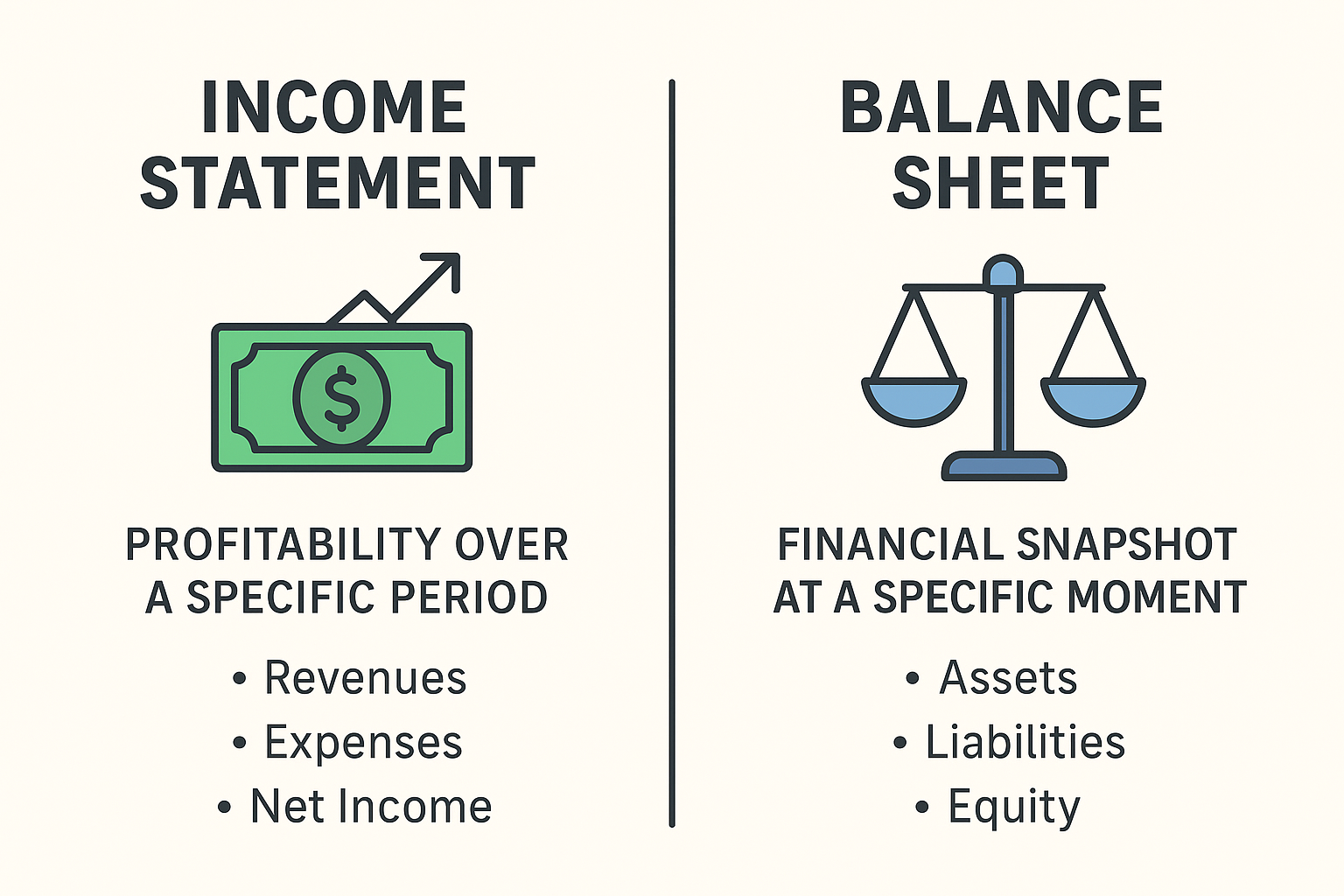If you’ve ever wondered how much you can safely withdraw from your retirement savings each year without running out of money, the 4% rule might be the answer — or at least a starting point. This simple formula has guided millions of retirees, but is it still reliable today? Let’s break it down.
What is the 4% Rule?
The 4% rule is a retirement withdrawal guideline that suggests you can withdraw 4% of your total investment portfolio in your first year of retirement and then adjust that amount annually for inflation, without depleting your funds for at least 30 years.
It originated from the Trinity Study (1998), where researchers William Bengen and later professors at Trinity University analyzed historical stock and bond returns. They found that a 4% withdrawal rate was a safe rate for most retirees over 30 years.
The rule became especially popular with the FIRE movement (Financial Independence, Retire Early) as a quick way to calculate how much money you need to retire.
How the 4% Rule Works
Here’s how to apply the 4% rule step by step:
- Calculate Your Total Retirement Savings
Add up all your investment accounts — 401(k), IRA, brokerage accounts, and any other savings. - Multiply by 4%
This gives you your first-year withdrawal amount. - Adjust for Inflation Each Year
In year two and beyond, increase that withdrawal amount by the rate of inflation, not by a percentage of your current portfolio value.
Example:
If you have $1,000,000 saved:
- Year 1 withdrawal: $1,000,000 × 0.04 = $40,000
- If inflation is 3% in year two, withdrawal = $40,000 × 1.03 = $41,200
How the 4% Rule Works
Step-by-Step Process
Step 1: Calculate Your Total Retirement Savings
Step 2: Multiply by 0.04 (4%) to get your first-year withdrawal
Step 3: Each following year, adjust that withdrawal amount for inflation4% Rule Formula
Annual Withdrawal Amount = Total Retirement Savings × 0.04Assumptions Behind the 4% Rule
The 4% rule works under certain conditions:
- 30-Year Retirement Period — It assumes you’ll need your money for about 30 years (typical for retiring at 65).
- Balanced Portfolio — Based on a mix of 50–75% stocks and 25–50% bonds.
- Historical U.S. Market Returns — Past stock market performance averaged around 7–10% annually, with bonds at 2–5%.
- Stable Inflation Rates — Historically around 3%, though recent years have been higher.
Example 3: How Much You Need Saved
If you want $60,000 per year in retirement income:
Required Savings = Annual Income Needed ÷ 0.04
Required Savings = $60,000 ÷ 0.04
Required Savings = $1,500,000Pros and Cons of the 4% Rule
Advantages
- Simple and Quick — Easy to calculate your retirement target.
- Historically Reliable — Based on extensive market data.
- Encourages Planning — Gives a clear savings goal.
Drawbacks
- Doesn’t Guarantee Success — Past performance isn’t a perfect predictor of the future.
- Market Volatility Risk — Big downturns early in retirement (sequence of returns risk) can derail the plan.
- May Be Too Conservative or Too Aggressive — In low-return environments, 4% might be too high; in high-return years, it might be overly cautious.
Is the 4% Rule Still Valid to Date?
This is the million-dollar question — literally.
Recent challenges include:
- Higher Inflation — Prices rose faster than in the decades the original study covered.
- Lower Bond Yields — Safe investments pay less now than in the 1980s or 1990s.
- Longer Life Expectancies — Retirements can last 35–40 years.
Expert Opinions
- Some financial planners suggest lowering the rate to 3.5% for safety.
- Others recommend dynamic withdrawals — adjusting your spending based on market conditions rather than sticking to a fixed formula.
Alternatives to the 4% Rule
- 3.5% Rule
More conservative, especially in uncertain markets. - Dynamic Withdrawal Strategies
Spend less when markets are down and more when they’re up. - Bucket Strategy
Divide your savings into short-term, medium-term, and long-term “buckets” to protect against market downturns. - Guardrails Approach
Adjust withdrawals within a range to balance spending and portfolio sustainability.
Who Should Use the 4% Rule?
The 4% rule works best for:
- Traditional retirees in their 60s
- People with a balanced stock/bond portfolio
- Those who want a simple, “set-and-forget” approach
It may not be ideal for:
- Early retirees (due to longer time horizons)
- Investors are heavily concentrated in one asset type
- Retirees with highly variable expenses
Conclusion
The 4% rule is a valuable starting point for retirement planning, but not a one-size-fits-all solution. In 2025’s economic environment, you may want to adjust it slightly lower or combine it with more flexible strategies.
If you treat it as a guideline, not a rigid law, it can help you estimate how much you need to save and how much you can spend without losing sleep over running out of money.
It can, but you may need to lower your withdrawal rate to 3–3.5% to account for a longer retirement.
Reduce withdrawals temporarily, rely on cash reserves, and avoid selling investments at a loss.
Yes — monitor your portfolio performance and spending needs regularly.






